Best Artistic Retreats for Creatives
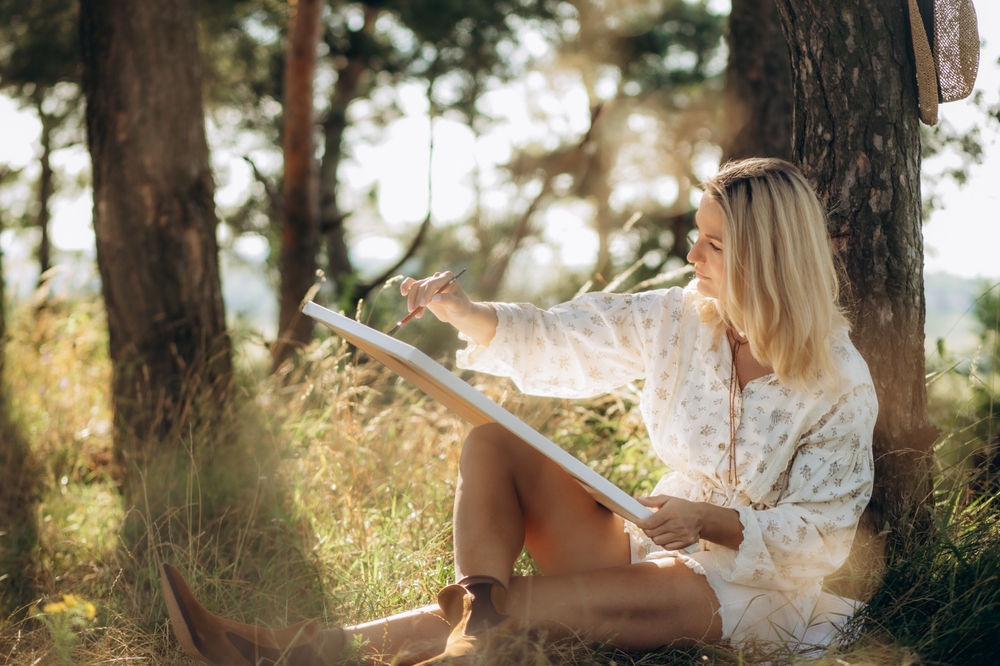
Ever feel like your creativity is stuck on autopilot and nothing seems to spark new ideas? I know what that’s like. Sometimes you try all the usual tricks—switching up your workspace, sketching wildly, maybe even blasting music you normally love—but it’s just not clicking. The good news is, there’s a simple way to break free from that rut: an artistic retreat.
Picture this: a cozy environment, free from everyday distractions, where you can truly focus on making art you’re proud of. In these nurturing settings, you’ll connect with fellow creatives, learn fresh techniques, and see your favorite way of creating in an entirely different light. Whether you love painting, crafting, writing, or any other medium, these retreats offer a boost of inspiration that everyday life can’t always provide.
Common struggles and frustrations
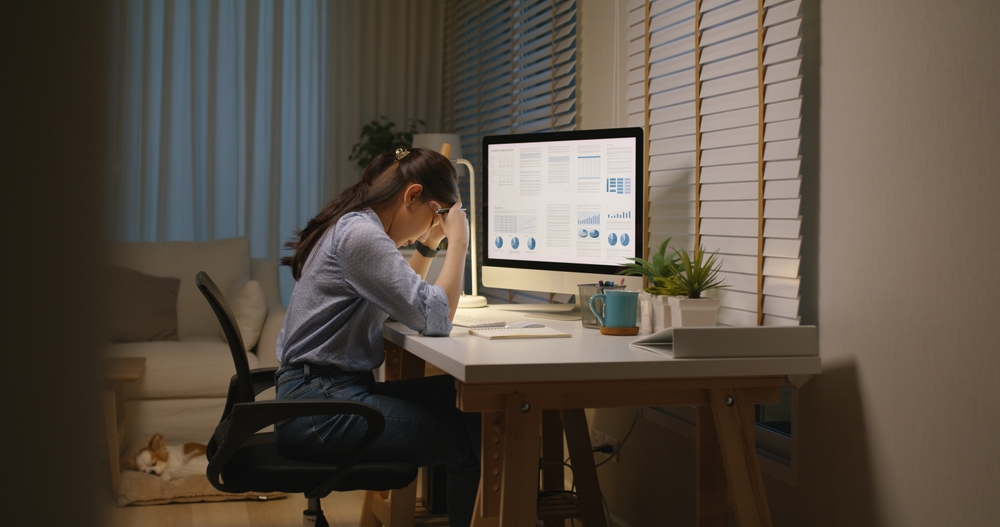
It’s easy to feel stuck when you’re repeating the same patterns. You might be juggling responsibilities at home, facing burnout at work, or just bored with your usual environment. If you’re longing for something new and exciting, an artistic retreat can feel like a breath of fresh air.
My promise to you
Yep, I’ve been there—feeling uninspired and drained. But I promise, there’s hope. In this post, I’m going to explore how these retreats tackle those mental blocks and why they’re so special. You’ll discover the best places to recharge your creativity, and by the end, you’ll be itching to pack your bags for an uplifting adventure.
Important details you need
Together, we’ll look at how retreats differ from residencies, plus a few pointers on making your own retreat if you’d rather layout your own schedule. We’ll also see why the right retreat can ignite new passion for creativity, no matter your skill level or preferred medium.
Ready to learn more? Stick with me, because in the next part I’ll show you exactly what an artistic retreat is and how it can boost your imagination in ways you never thought possible. Feeling curious yet?
What Is an Artistic Retreat?
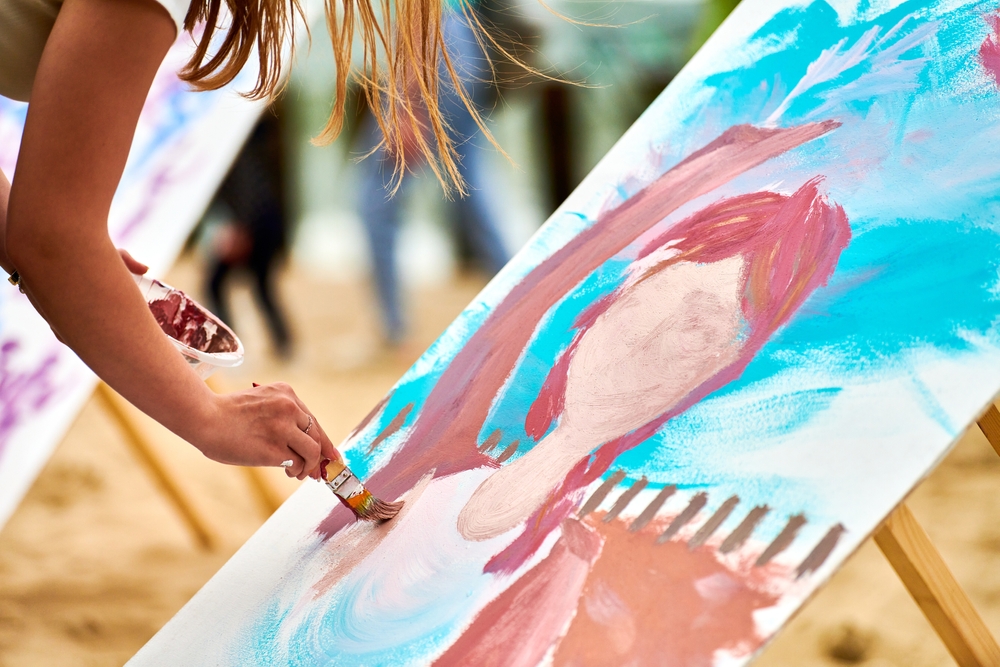
I see an artistic retreat as a chance to step away from daily demands and give my creativity the focus it deserves. Instead of juggling tasks and deadlines, I get to immerse myself in the process of creating—whatever that might look like. Whether it’s painting, crafting lyrics, or shaping clay, it all comes together in a calm space that encourages new ideas.
“Art washes away from the soul the dust of everyday life.”
– Pablo Picasso
Types of Creative Retreats
There’s something for everyone, no matter your skill level or interest. Some retreats are quick weekend seminars designed to spark fresh perspectives, while others offer multi-day sessions that focus on a single technique. You’ll often find:
- Weekend workshops: Perfect for anyone with limited time who wants an instant refuel of ideas.
- Skill-specific intensives: Think painting in watercolors or mastering a new style of photography.
- Collaborative retreats: Structured so that group activities and scheduled critiques bring people closer.
In each setting, the guiding principle is clear: create, experiment, and engage with others who share your arty side.
Why People Are Drawn to Them
I’ve noticed that stepping away from normal surroundings can unleash a rush of inspiration. There was a fascinating study back in 2017 that showed how spending even a short time in a supportive and distraction-free environment can supercharge artistic output. It’s amazing how a quietly nestled cabin or a transformed barn can do so much for your work.
When you’re away from phone buzzes and grocery lists, you can finally focus on the act of creating. You’re not “wishfully finding time”—you’re dedicating time. That shift alone can spark breakthroughs you never expected.
Emphasis on Connection
One of my favorite parts about being in these retreats is sharing the space with others who understand the passion for art. It’s a relief to drop the usual small talk and jump right into topics like color theory or traveling for creative inspiration. New friends, potential mentors, and future collaborators often come into play. In fact, I’ve witnessed participants forge lifelong partnerships after connecting over a late-night brainstorming session.
And if you’re someone who thrives on peer feedback, those group discussions feel like pure magic. It’s not about competition; it’s about learning from each other and evolving together.
Wondering how these spaces compare to other programs out there? Keep reading—you might be surprised at what sets an artistic retreat apart from other creative opportunities.
Artist Retreat vs. Artist Residency
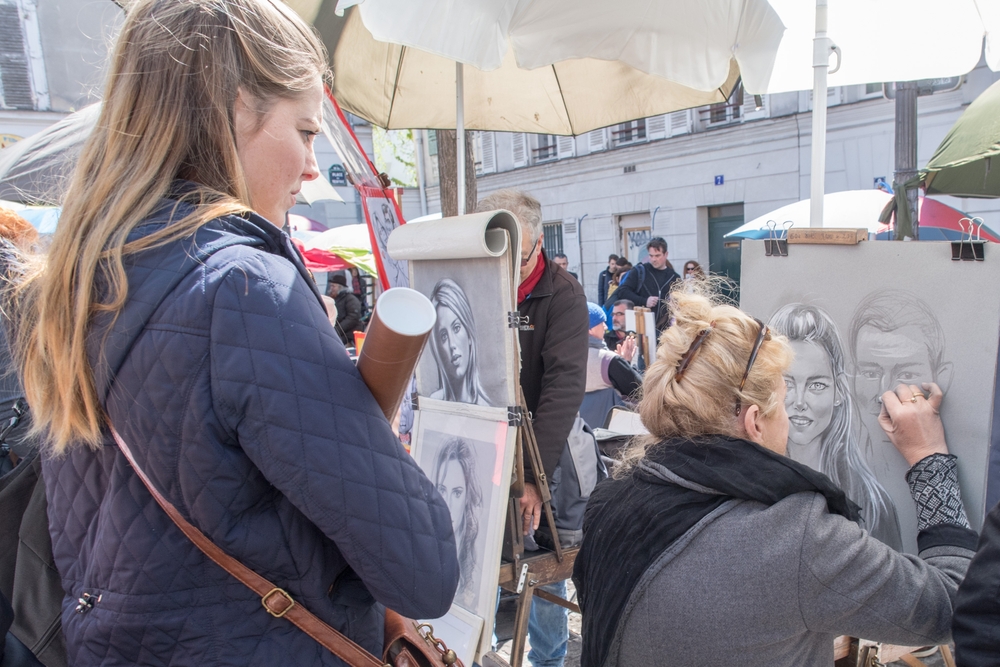
I’ve noticed that “retreat” and “residency” sometimes get lumped together when folks are searching for a creative escape, but they’re really not the same. Let’s explore how each option can shape your artistic journey—and spark the imagination you crave.
The Key Differences
Residencies are often competitive and require an application, portfolio, or recommendation letters. They can last several weeks or even months, typically immersing you in a structured environment where your work is taken seriously enough to demand a rigorous schedule.
Retreats tend to be shorter in length, more laid-back, and open to anyone who wants to join. There’s usually no strict application process, so you can hop in without the pressure of proving your artistic chops beforehand.
- Residencies: formal submissions, juried selection, potential for funding or stipends
- Retreats: sign up, pay, show up, and create in a supportive setting
The Pay-to-Play Aspect
This is where retreats shine for many people. You can bypass the anxiety of a lengthy application, skip the pressure of having a flawless portfolio, and simply pay the required fee to secure your spot. That fee often covers essentials like lodging or workshop materials. Meanwhile, residencies might be fully funded if you’re accepted, but you have to compete for that privilege. Studies show that artists in more relaxed settings—where multiple skill levels mix freely—often end up experimenting more boldly.*
“Creativity is contagious—pass it on.” – Albert Einstein
That quote always reminds me that freedom from rigid rules can lead to those magical breakthroughs we all crave. The best environment to nurture that energy depends on how much structure (and competition) you’re willing to take on.
Which Is Right for You?
In my own experience, if you’re brand-new to your craft, you might find a retreat less intimidating. You’ll get to chat with encouraging peers and maybe try out new techniques without worrying about impressing judges. On the other hand, if you’re chasing a deeper level of prestige or a more intense, focused program, a residency might be the ultimate goal. Some folks thrive on the validation and accountability that comes from a juried process, while others prefer the come-as-you-are feel.
What if you’re still unsure about the best way to truly ignite your creative spark? Don’t worry—I’ve got more insights coming up. Let’s see if stepping away from your everyday life is the missing piece that will supercharge your imagination.
*Reference: Informal study observations shared by workshop instructors and peer-reviewed discussions in virtual art forums that highlight increased risk-taking when pressure to “perform” is reduced.
Why Consider a Creative Retreat?
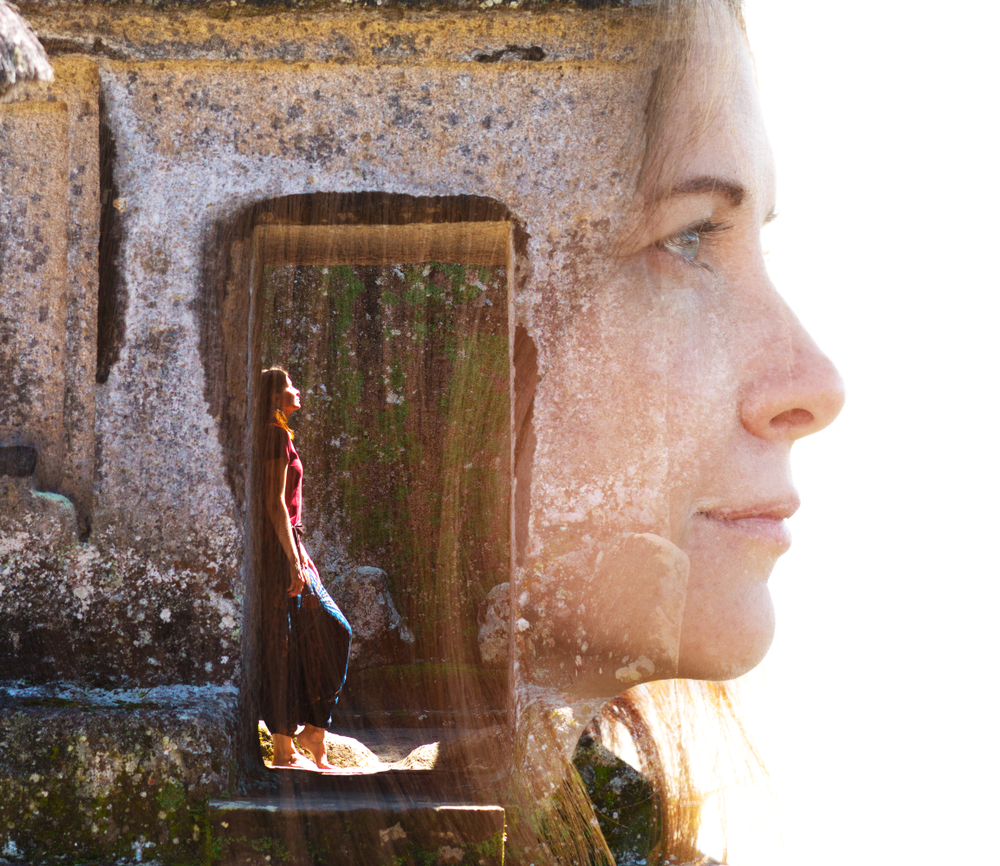
Sometimes, life’s daily grind can feel like a creativity blocker. I’ve felt it myself—where your mind goes on autopilot, and you just can’t seem to break through to that next big idea. So what fixes that? Taking a temporary escape from the usual scene, and focusing on yourself, your craft, and the vision you want to bring to life.
“Art washes away from the soul the dust of everyday life.” — Pablo Picasso
Focus on Personal Growth
When you commit to a retreat, it’s like hitting pause on everything else. You can dedicate all your energy to exploring new styles or tweaking familiar ones in unexpected ways. Think of it as a test lab for your creativity. In fact, a study by the American Psychological Association found that a fresh setting can spark inventive thinking by reducing those mental ruts. That’s why some people come home from these experiences with brand-new paintings, manuscripts, or even entire albums.
- Discover hidden talents: Maybe you’ll realize you have a knack for spoken-word poetry or photography.
- Develop new skills: Workshops and hands-on sessions can open doors you never knew existed.
- Challenge your comfort zone: Fresh perspectives often come when we push ourselves beyond the usual routine.
Stress Relief and Camaraderie
Picture this: you’re in a calming environment, surrounded by people who “get it” because they’re on a creative journey too. That alone can cut down on stress and give you a sense of belonging. I’ve seen folks form friendships that last for years—all because they dared to share their work in a supportive space. Feeling safe to take creative risks is pretty life-changing. You might not even know you’re capable of something until a casual late-night conversation or a group brainstorm session nudges you forward.
Networking and Future Collaborations
Retreats are also sweet spots to connect with other creatives who could become collaborators. You could end up co-authoring a book or launching a joint art show. It’s happened before—and it can happen for you too. Sometimes the biggest breakthrough is meeting the right person at the right time. People swap feedback, learn from each other’s techniques, and walk away with new friends ready to tackle bigger projects. That’s the magic of sharing your passion among kindred spirits.
Wondering what makes a creative retreat truly unforgettable? Stick around—I have some insights on that coming up next. You might be surprised how a few simple elements can transform an ordinary getaway into a life-changing experience.
Essential Elements of an Effective Retreat
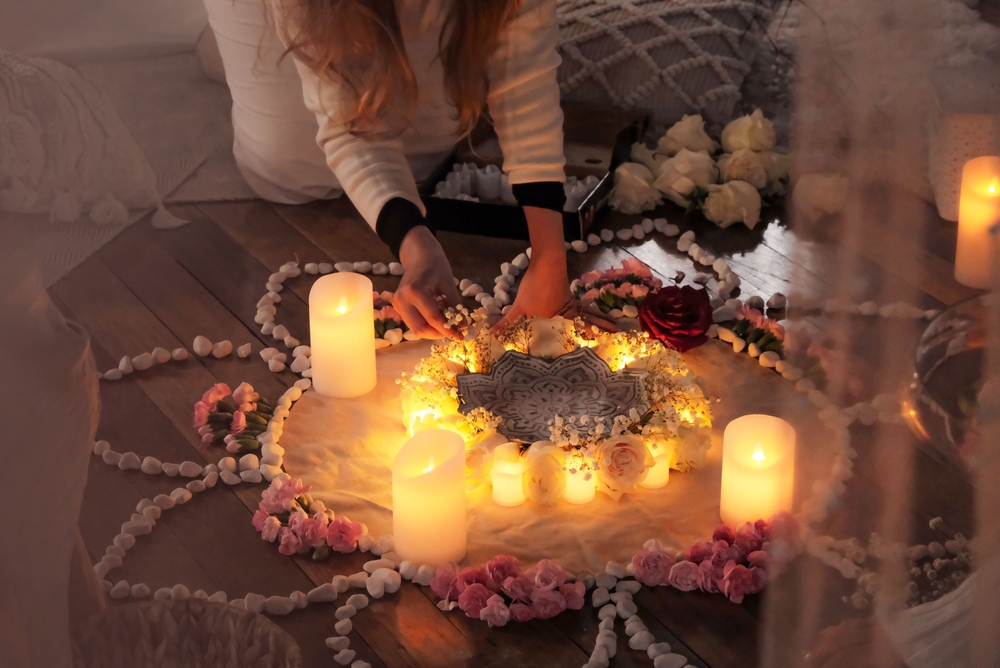
There’s something almost magical about an artistic retreat that really helps creativity shine. Over the years, I’ve noticed a few standout elements that lift these gatherings from “nice” to “unforgettable.” Let me show you what I’ve figured out—and why these details matter so much.
Inspiring Location
I’m a firm believer that your environment sets the mood for your art. A peaceful countryside studio or cozy spot away from the urban clamor can do wonders for focus and motivation. According to a study from the University of Kansas and the University of Utah, spending just a few days in nature boosted participants’ creativity by as much as 50%. That’s a massive push for anyone feeling stuck. Who wouldn’t want that extra spark of imagination?
Set Schedule (With Flexibility)
Having a plan for each day—like instructor-led sessions or group workshops—gives structure, but you never want it to feel like a bootcamp. A bit of breathing room in the schedule is key. This mix of structured and unstructured time sparks fresh ideas naturally, because there’s room for spontaneous “aha!” moments. I’ve experienced it myself: sometimes the best epiphanies happen in between planned activities, when you least expect them.
Supportive Instructors and Peers
Ever been in a room where everyone’s energy just feeds your own creativity? It’s incredible. When you have mentors or peers who cheer you on, discuss ideas openly, and treat every “mistake” as an exciting discovery, you feel totally at ease. I recall one retreat where an instructor said,
“Perfection isn’t the goal—expression is.”
That phrase became a guiding principle for our entire group, and it still resonates with me today.
Willingness to Experiment
You can have the dreamiest location and the kindest group, but if no one’s keen to try new approaches, creativity stalls. When everyone arrives ready to test new styles or art mediums—and give sincere feedback—fresh ideas flow like never before. I’ve seen sculptors pick up paintbrushes for the first time, and illustrators suddenly inspired to spin pottery. It’s that leap into the unknown that makes a retreat memorable.
Curious about taking these insights and turning them into a retreat that perfectly fits your style and budget? There’s a straightforward way to make it happen, and it’s closer than you might think. Ready to see how you can build your own experience from the ground up? Keep reading—some practical how-tos are just around the corner.
How to Create Your Own Artist Retreat
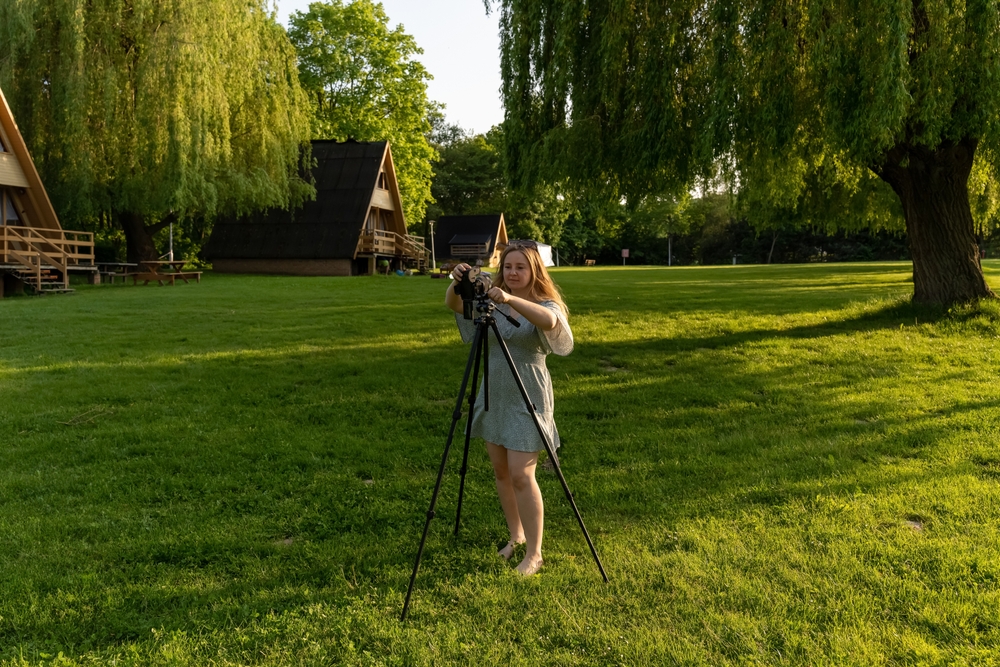
I’ve found that setting up a personal retreat can be one of the most liberating ways to nurture creativity. By choosing your own space, timeframe, and “extras,” you can shape a truly meaningful experience that fits your style and budget.
“You can’t depend on your eyes when your imagination is out of focus.” – Mark Twain
That quote hits me hard every time. There’s something powerful about having a cozy haven away from the usual noise, where your imagination can flourish without interruption.
Pick Your Venue
Consider a small hotel, a homey Airbnb, or a tranquil cabin in the woods—whatever vibe quietly encourages your creative flow. According to a 2021 study from the Journal of Environmental Psychology, natural surroundings can significantly boost mental clarity and reduce stress. So if you can find a space away from traffic and construction, chances are you’ll feel that spark returning.
Decide on Your Timeframe
A couple of days is often enough to reset your mind, but extending it to a long weekend or a whole week can really unleash new ideas. Having enough breathing room lets you dig deeper into your craft—not just scratch the surface.
Gather Essential Tools
Don’t just bring art supplies. Pack things that keep you inspired:
- Books or magazines that make your creativity soar
- Online tutorials or videos for quick technique refreshers
- Project outlines you’ve been waiting to tackle
- Relaxation items like your favorite tea or essential oils
Make the Vibe Your Own
Maybe you love early morning sketch sessions with mellow tunes, or perhaps a late-night paint jam is more your thing. Plan in moments for quiet reflection, group meals (if you invite others), and whatever else taps into your artistic side. A friend of mine hosted a mini “music break” every afternoon, and it was such a hit that nobody wanted to skip a single session.
Curious how this all ties in with finding the perfect place that matches your unique vision—and your wallet? Keep reading: I’ll walk you through that very soon.
Selecting Your Perfect Getaway
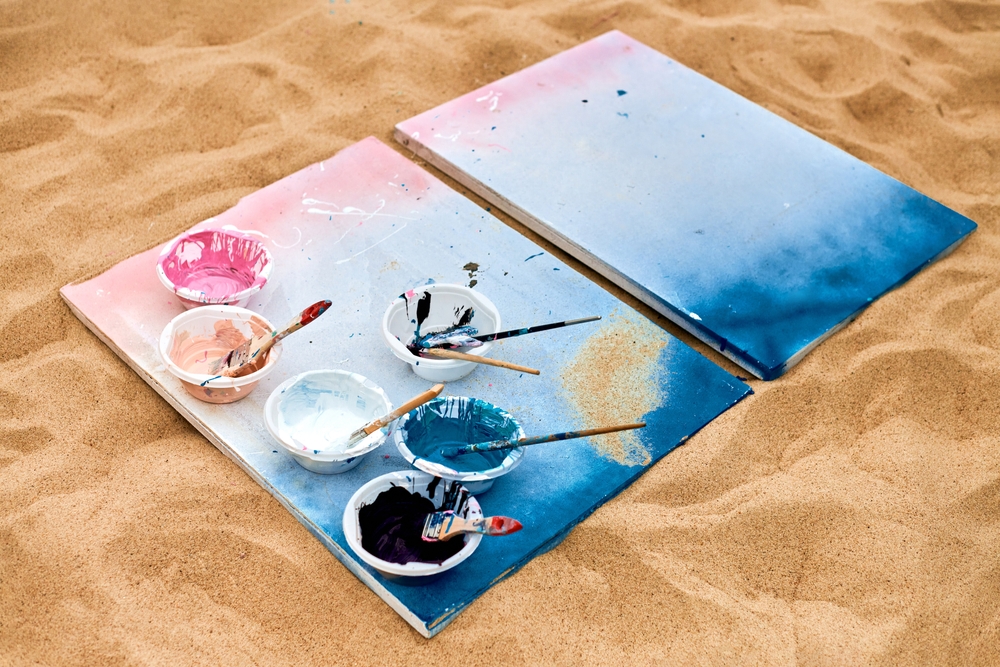
When I’m ready to spice up my creativity, I find that choosing the right retreat can sometimes feel like finding a hidden gem. There are plenty of options out there, but the real question is: how do you pick the one that sparks the most inspiration? Let’s explore a few ways to narrow it all down.
“Art washes away from the soul the dust of everyday life.” – Pablo Picasso
Consider Your Artistic Goals
Ask yourself what you want out of this experience. Are you hoping to explore a completely new technique, or level up a skill you’ve already got in your pocket? It’s helpful to be clear about your focus before you start browsing. Research has shown that intention-setting can boost creative output and bring more satisfaction to any creative journey.
Look at Your Budget
Some retreats bundle lodging, meals, and materials, while others leave those details to you. Figure out what you’re comfortable spending and see if an all-inclusive option feels more relaxing, or if you’d rather handle each part separately. In a study reported by Psychology Today, people who invest thoughtfully in their creative experiences are more likely to stick with them long-term.
Group Dynamic or Solo?
Imagine yourself surrounded by a few friendly faces, sharing stories, and hyping each other’s work—or maybe you’d prefer peace and quiet to create without interruptions. Both can be rewarding, but only you know which setting lights your creative fire.
Read Reviews and Ask Around
Friends, social media communities, local art clubs… anywhere you can find real feedback can be a goldmine. Sometimes just one person’s story of how a retreat changed their perspective can ignite your own excitement. Scanning through reviews helped me avoid a stuffy, poorly managed retreat once—and I couldn’t have been happier about dodging that bullet.
- Online forums: Chat directly with past attendees.
- Travel groups: Gather tips from folks who’ve ventured the same path.
- Personal referrals: Got a friend who’s been on a retreat? Pick their brain.
It’s amazing how hearing even one glowing recommendation can calm any second thoughts and fuel your motivation to book.
Heads up: I’m about to share some top-notch tips on great resources and booking savvy in the next section. Want to find out how you can skip the guesswork and zero in on your perfect retreat? Stick around—you’ll love what’s coming next.
Recommended Resources and Where to Book
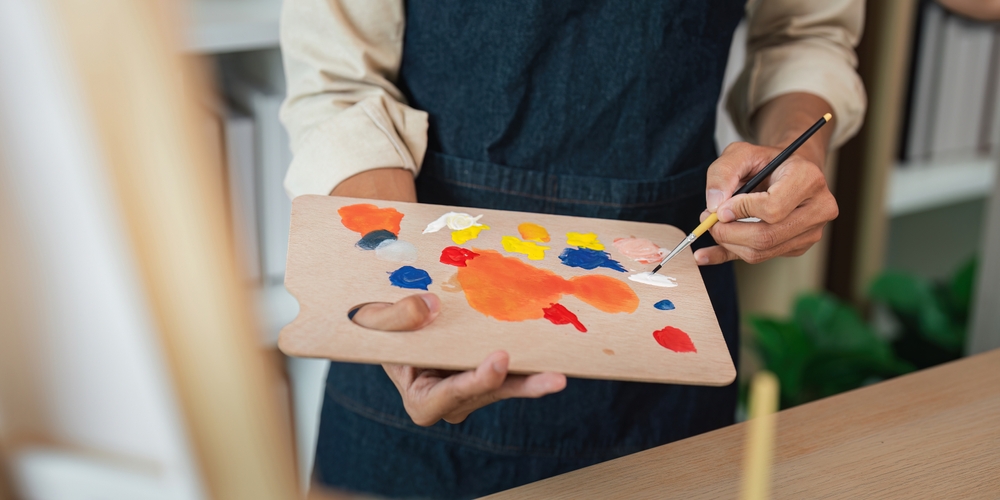
If you’re like me, you probably don’t want to spend hours guessing which retreat will truly spark your creativity. I’ve gathered a few trusted resources so you can hope right into the fun part of planning. There’s comfort in knowing others have tried these places, shared their stories, and come back feeling recharged.
Useful Links
- New York Artist Retreats: There’s something magical about the combination of bustling city vibes and quiet, scenic grounds upstate.
Take a look at this collection of New York retreats for beautiful indoor and outdoor workshop spaces. - Community Discussions: I’m a huge fan of hearing from real people. If you want personal anecdotes or to see what other creatives loved (and didn’t),
you might find this Reddit thread helpful. - Diverse Art Getaways: If you’re into painting, sculpting, or even exploring new mediums,
this platform lets you browse plenty of niche retreats worldwide.
Fun fact: a joint study from the University of Kansas and the University of Utah found that people scored 50% higher on creativity tests after a few days in the wilderness. Imagine how inspired you’ll feel if you combine a beautiful location with a well-structured program. Sometimes, that’s all it takes to push through creative blocks and come home with a new sense of artistic confidence.
Gather Advice from Real People
Reading glossy brochures is one thing, but a genuine first-hand account can give you insider tips. I’ve heard stories of participants making lifelong friendships on these retreats, swapping techniques, and even collaborating on new projects long after they returned home. One traveler mentioned finding her “creative soulmate” at a painting workshop—somebody who understood her vision so well that they now host joint exhibitions.
Ask Questions and Compare
Don’t be shy. Reach out to retreat organizers about group size or the style of instruction. Maybe you learn better in small circles where everyone can exchange ideas, or maybe you prefer a structured, instructor-led environment. Can you imagine how much more confidence you’ll have when you find the perfect place?
If you’re still on the fence, stick around. There’s one more piece of the puzzle I’m saving for you next. Wondering how to bring all these resources together for maximum creative payoff? You’ll find out soon enough.
Putting It All into Action
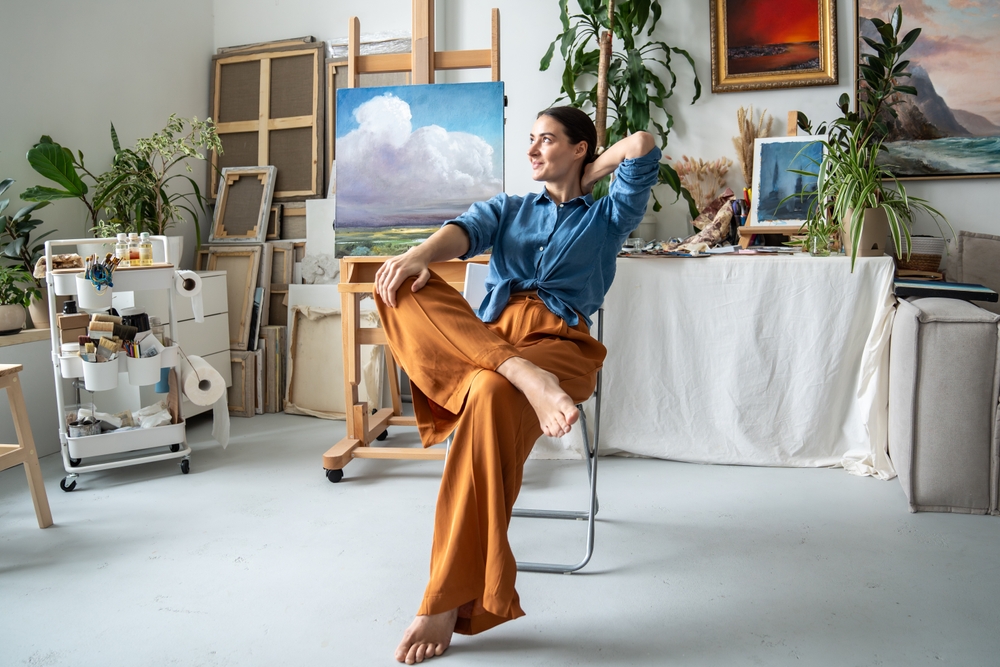
I remember feeling overwhelmed by my daily to-do list and noticing my creativity slipping away. That all changed when I decided to schedule my own artistic retreat. I blocked off a few days, found a peaceful spot, and committed to exploring my craft without the usual distractions. It wasn’t anything fancy, but I soon realized how powerful a change of scenery and dedicated time could be. Studies by creative psychologists suggest that even short breaks from routine can boost your innovative thinking by up to 20%. I’d say that’s reason enough to head out on your own creative escape.
Final Tips for Success
- Keep an open mind: Some of my favorite ideas have appeared when I least expected them, often right after I stepped outdoors to clear my thoughts.
- Engage with fellow creators: When I shared my progress with others, I picked up fresh techniques that reshaped my entire approach to my art.
Bonus Encouragement
I know it’s easy to worry about whether you’re “good enough.” Here’s the truth: a retreat isn’t about being perfect. It’s a space fostering growth, self-expression, and new perspectives. It’s the perfect opportunity to break free from old habits and embrace something fresh. I’ve seen people who thought they had zero talent leave with mind-blowing masterpieces.
Wrapping Up
This is your sign to give yourself the gift of time and inspiration. An artistic retreat can be just a weekend drive away or even a fully immersive adventure in a different country. When you get home, notice how you see the world with fresh eyes and renewed enthusiasm, ready to create your best work yet. If there’s one thing I’ve learned, it’s that we all owe ourselves that moment of creative freedom. You’ve earned it—go make art that lights you up.